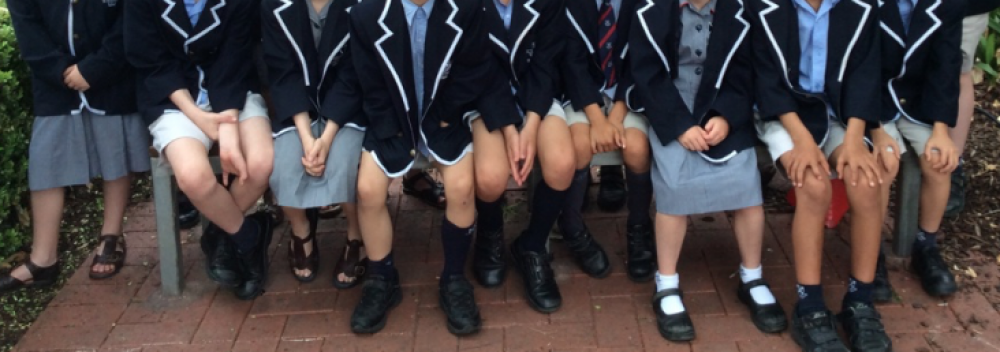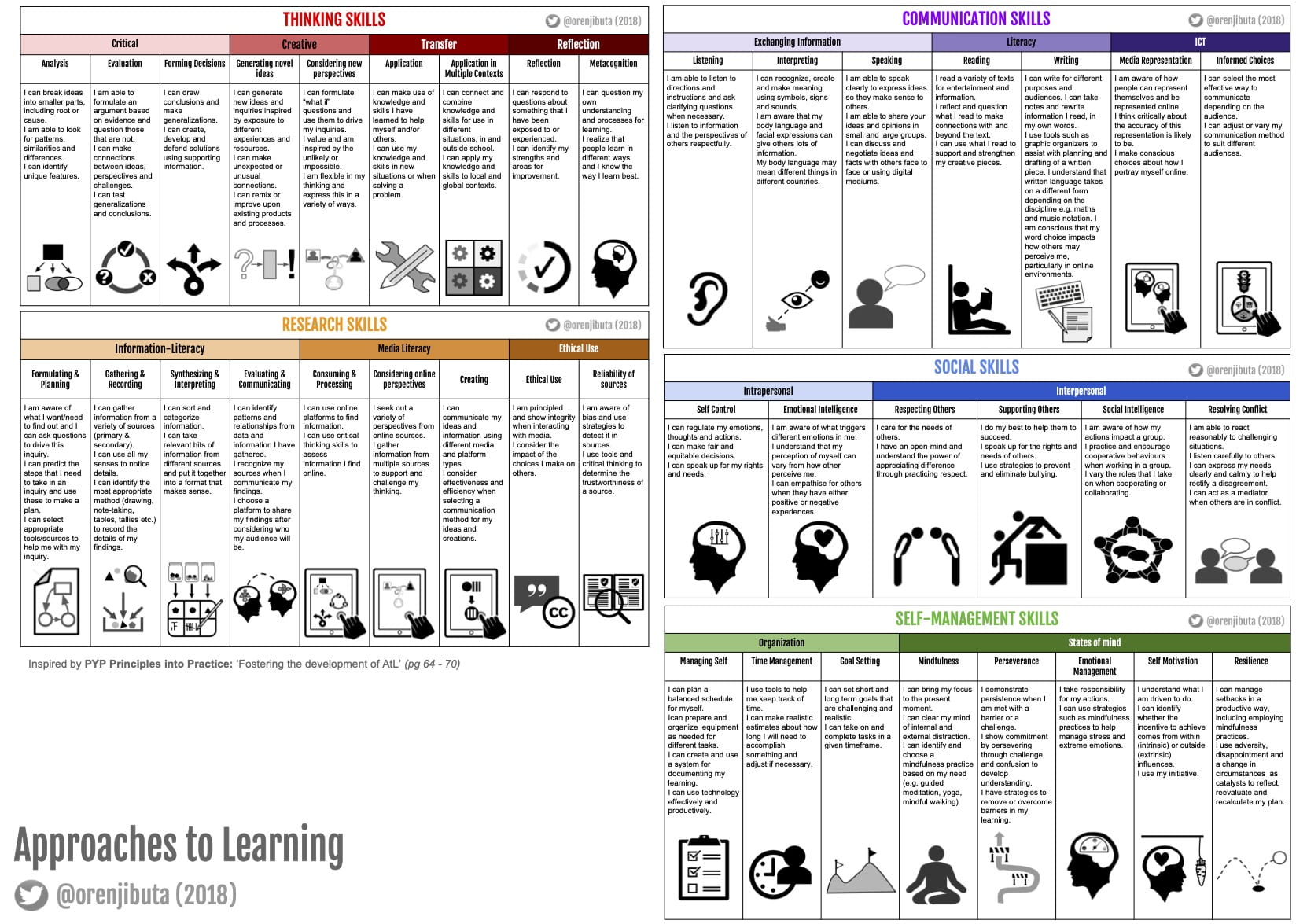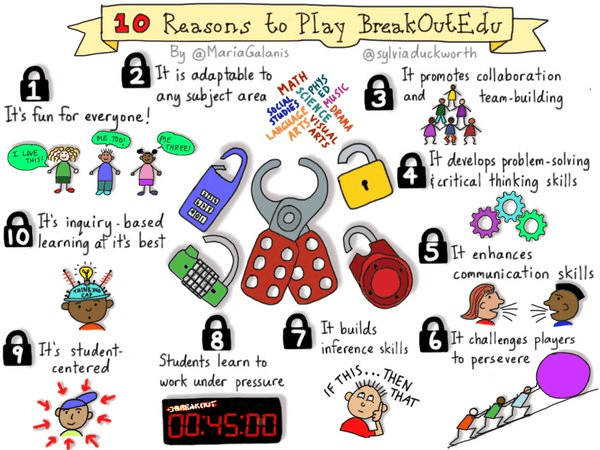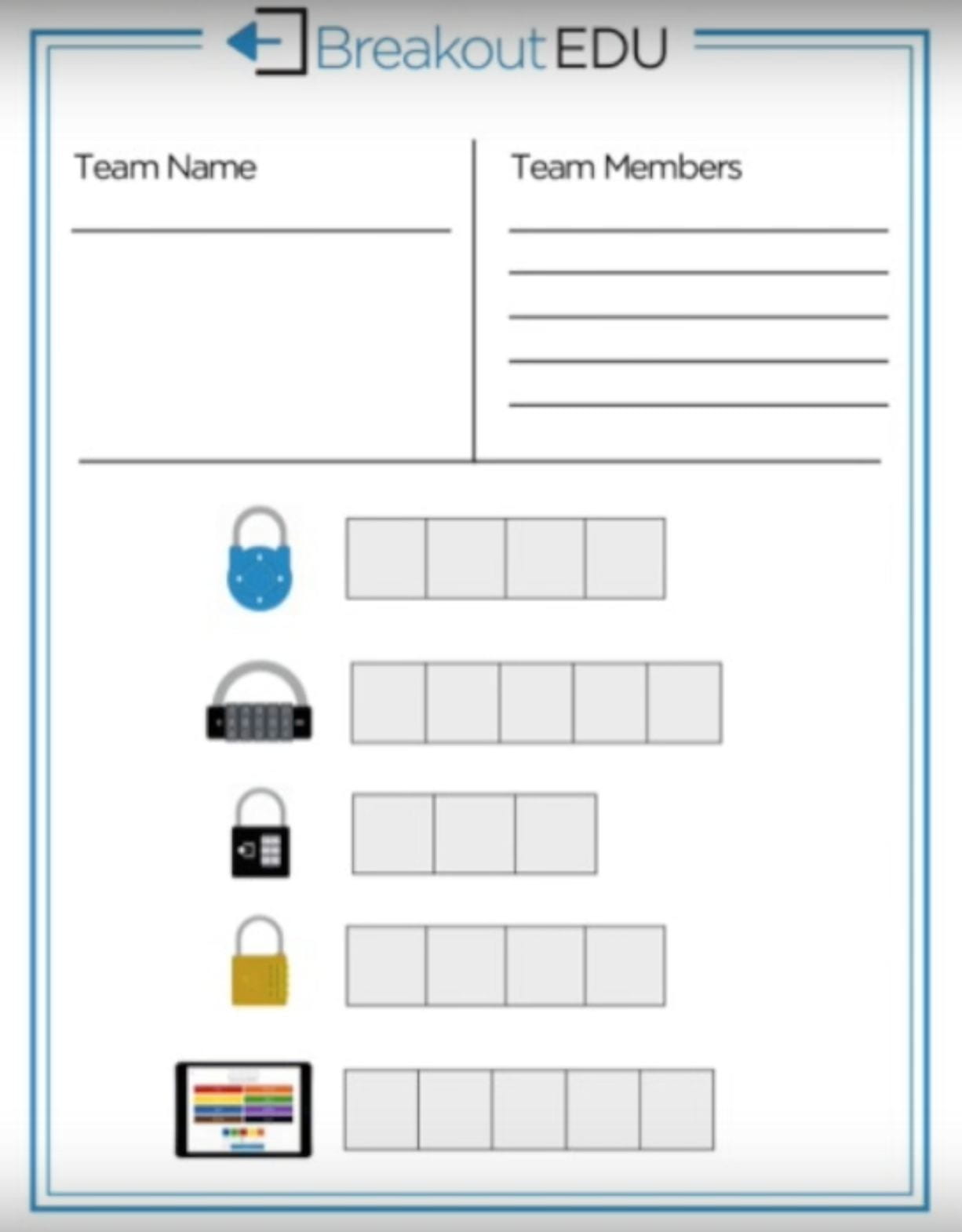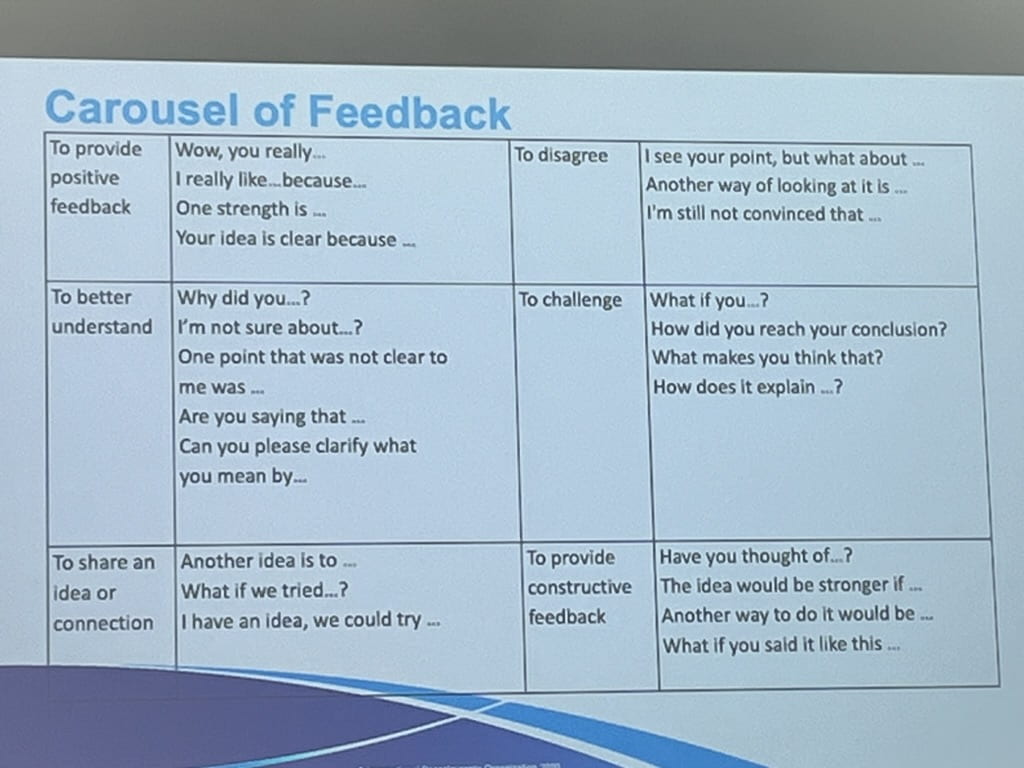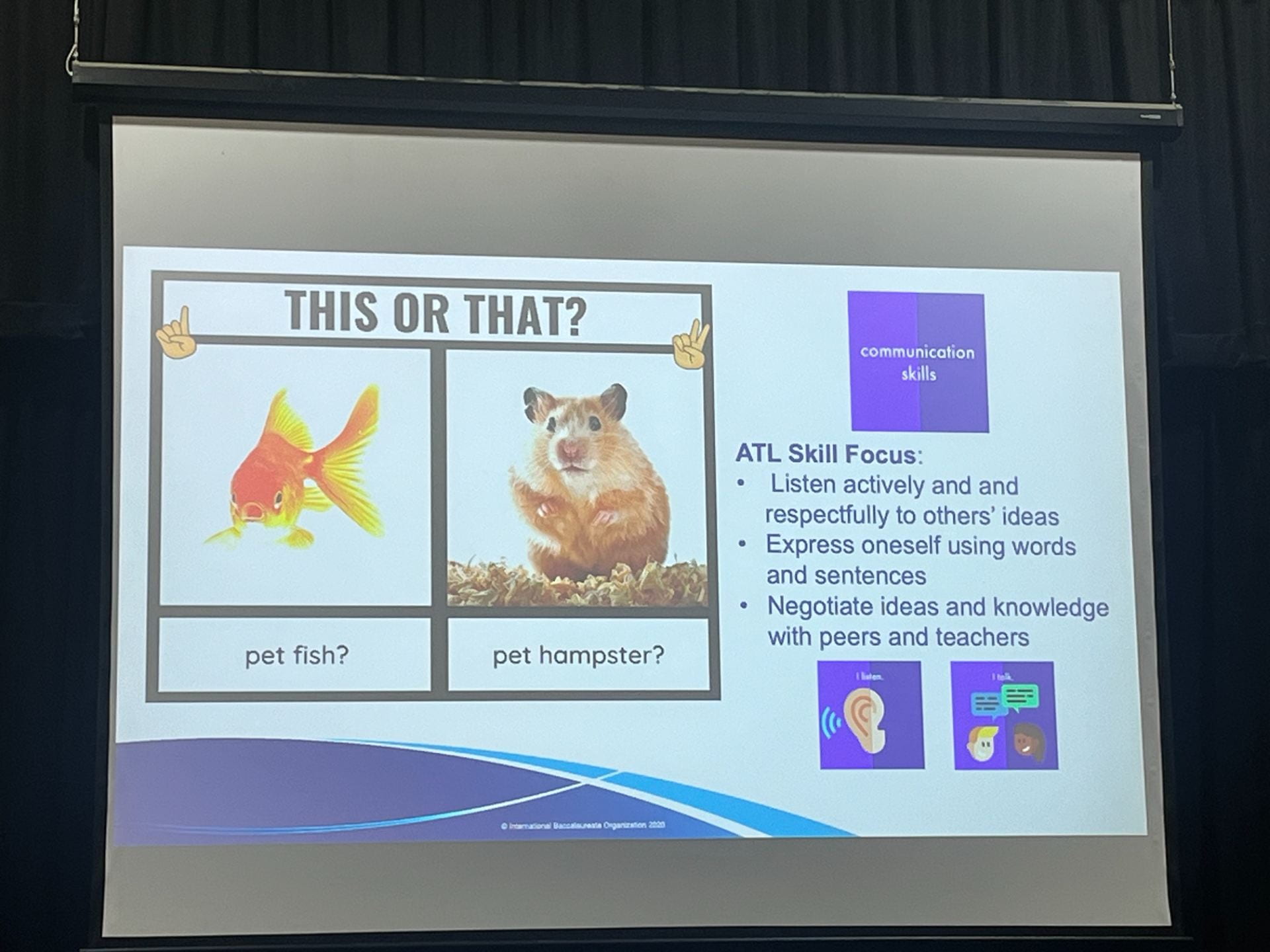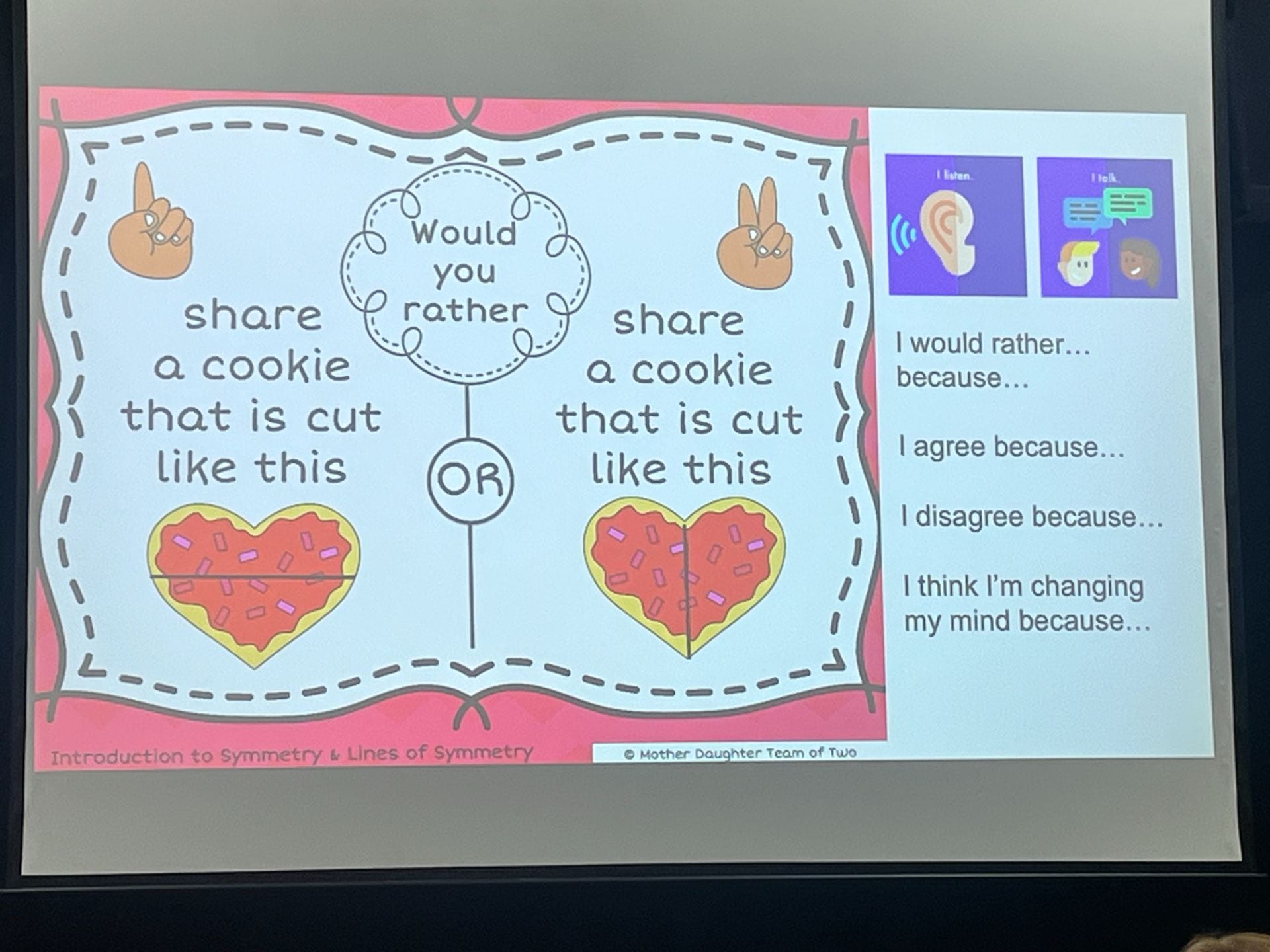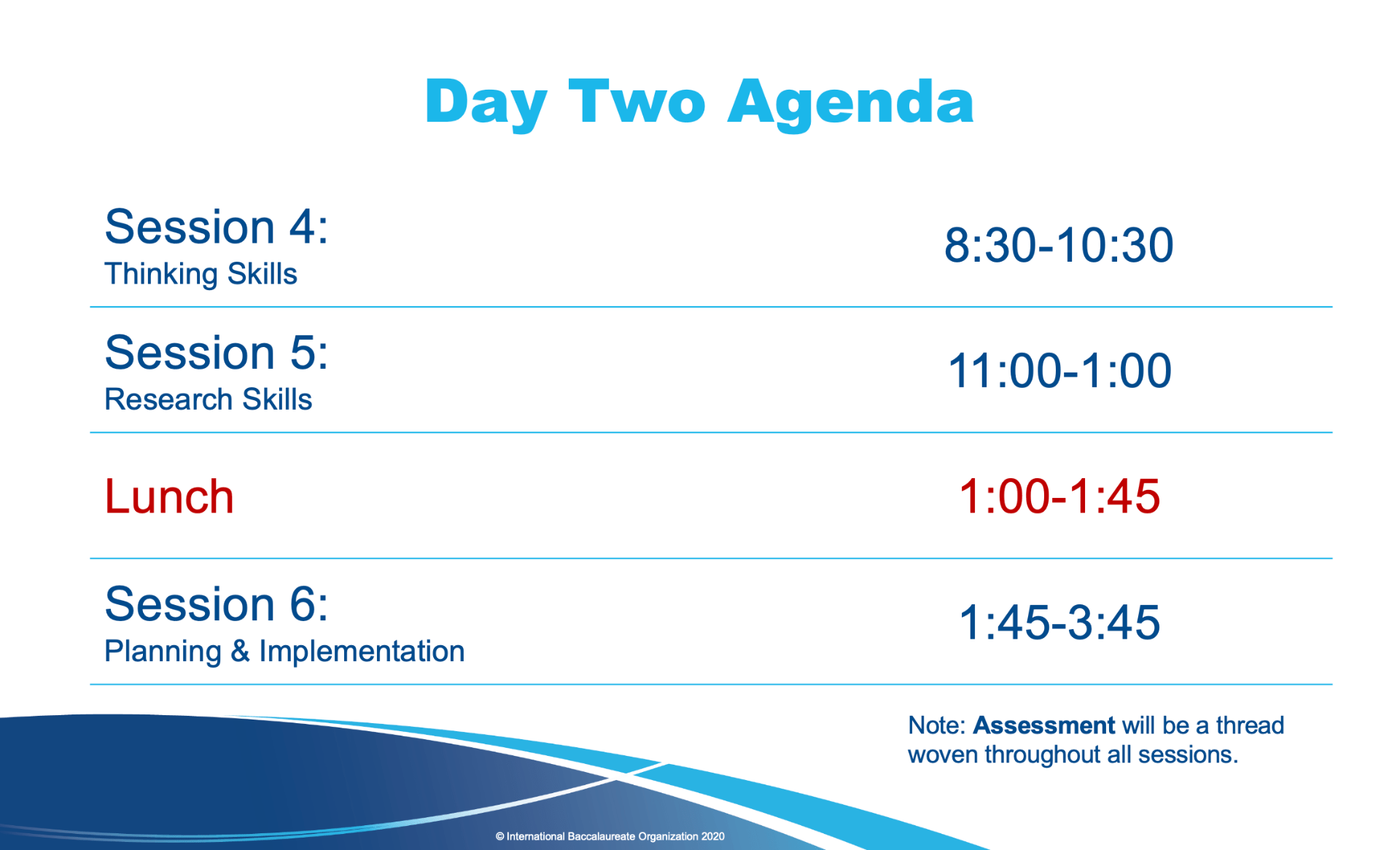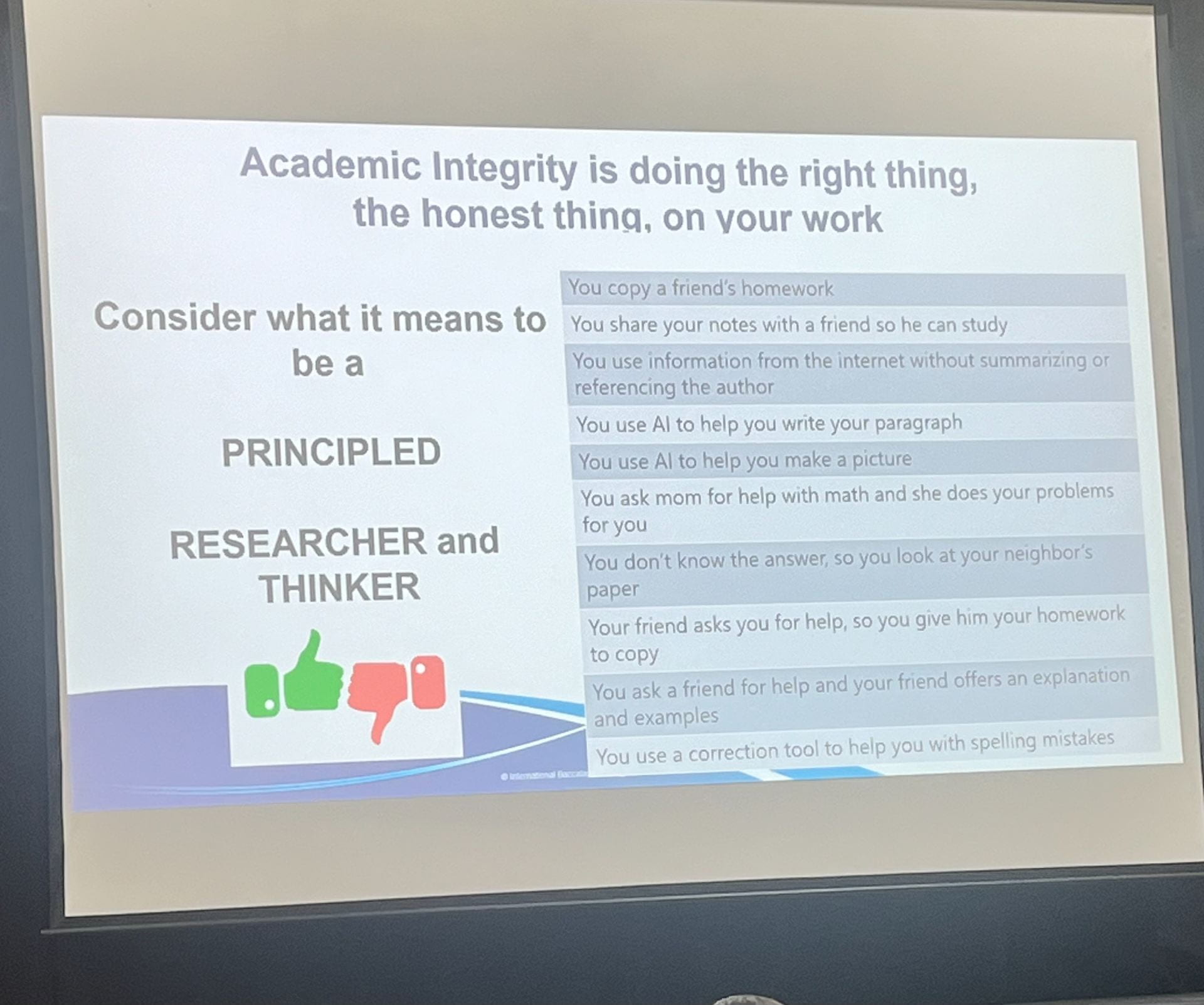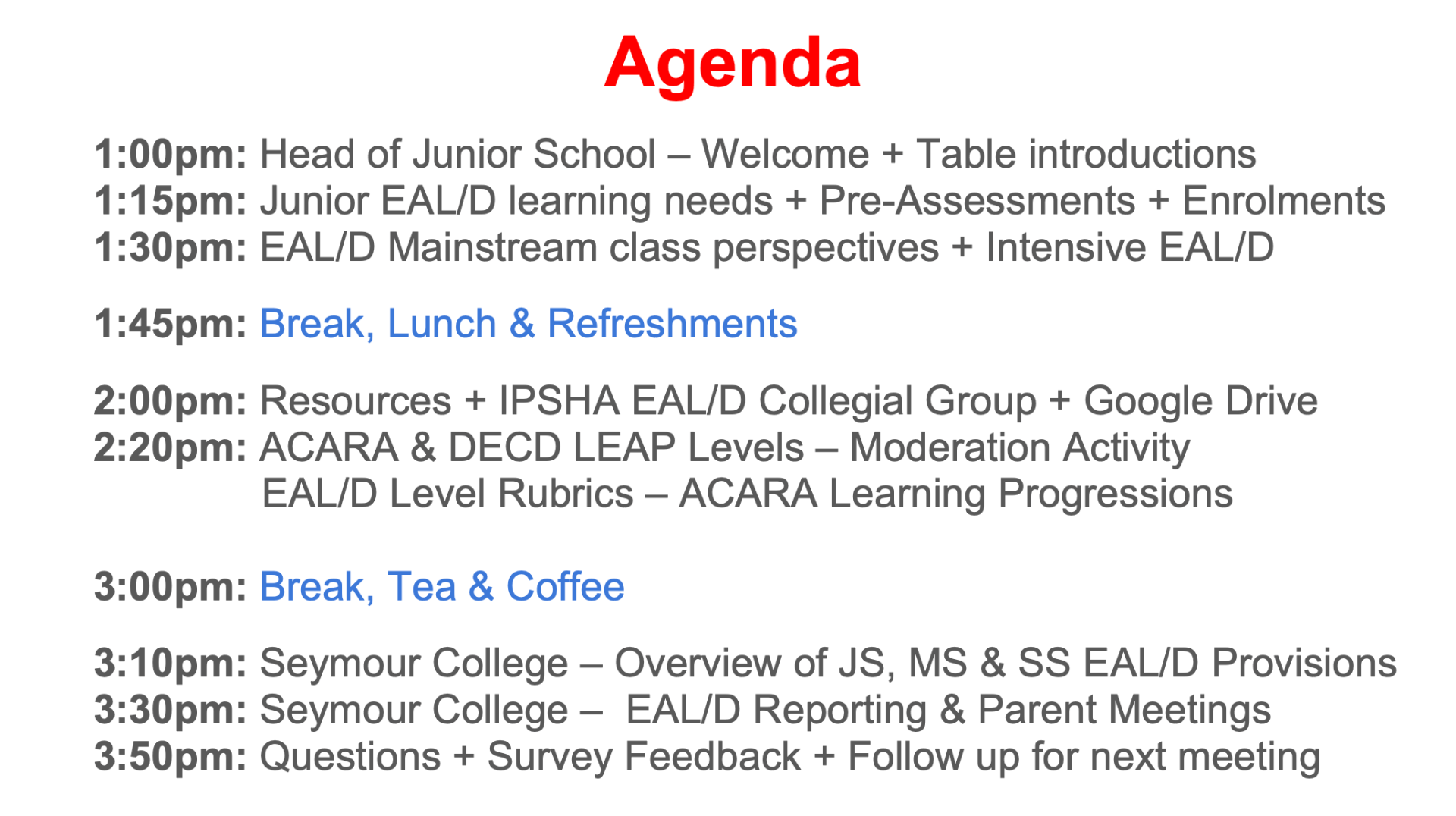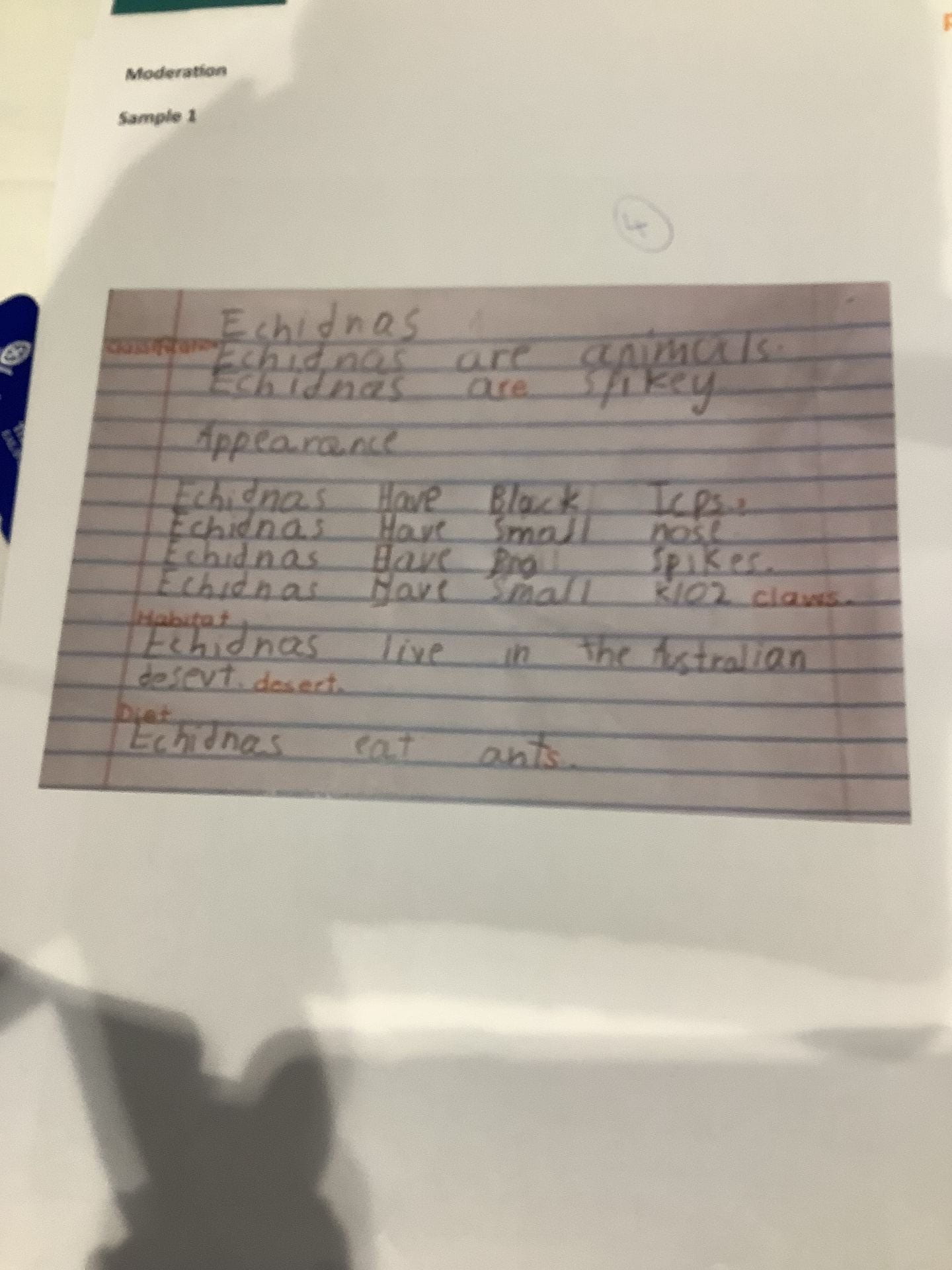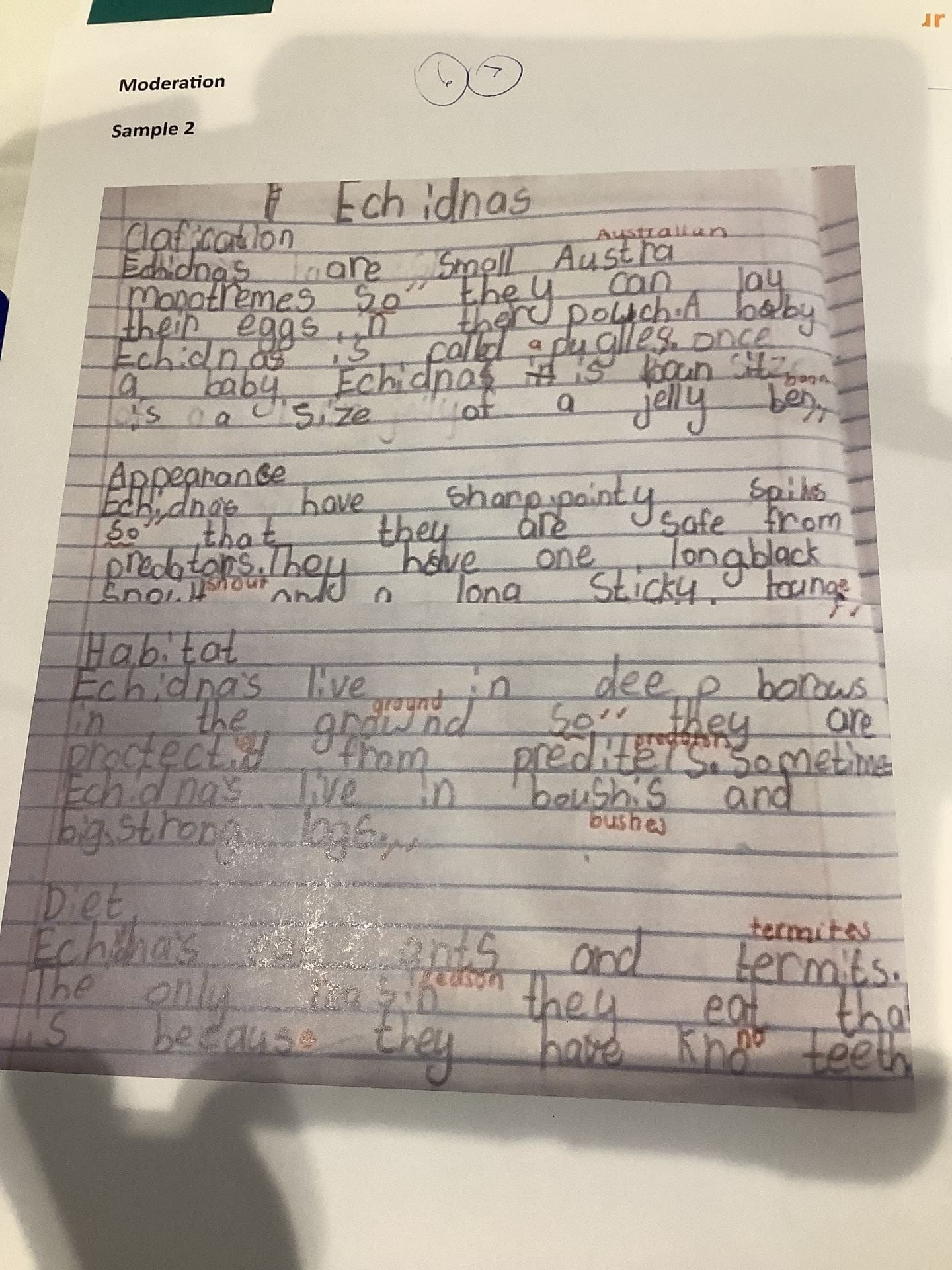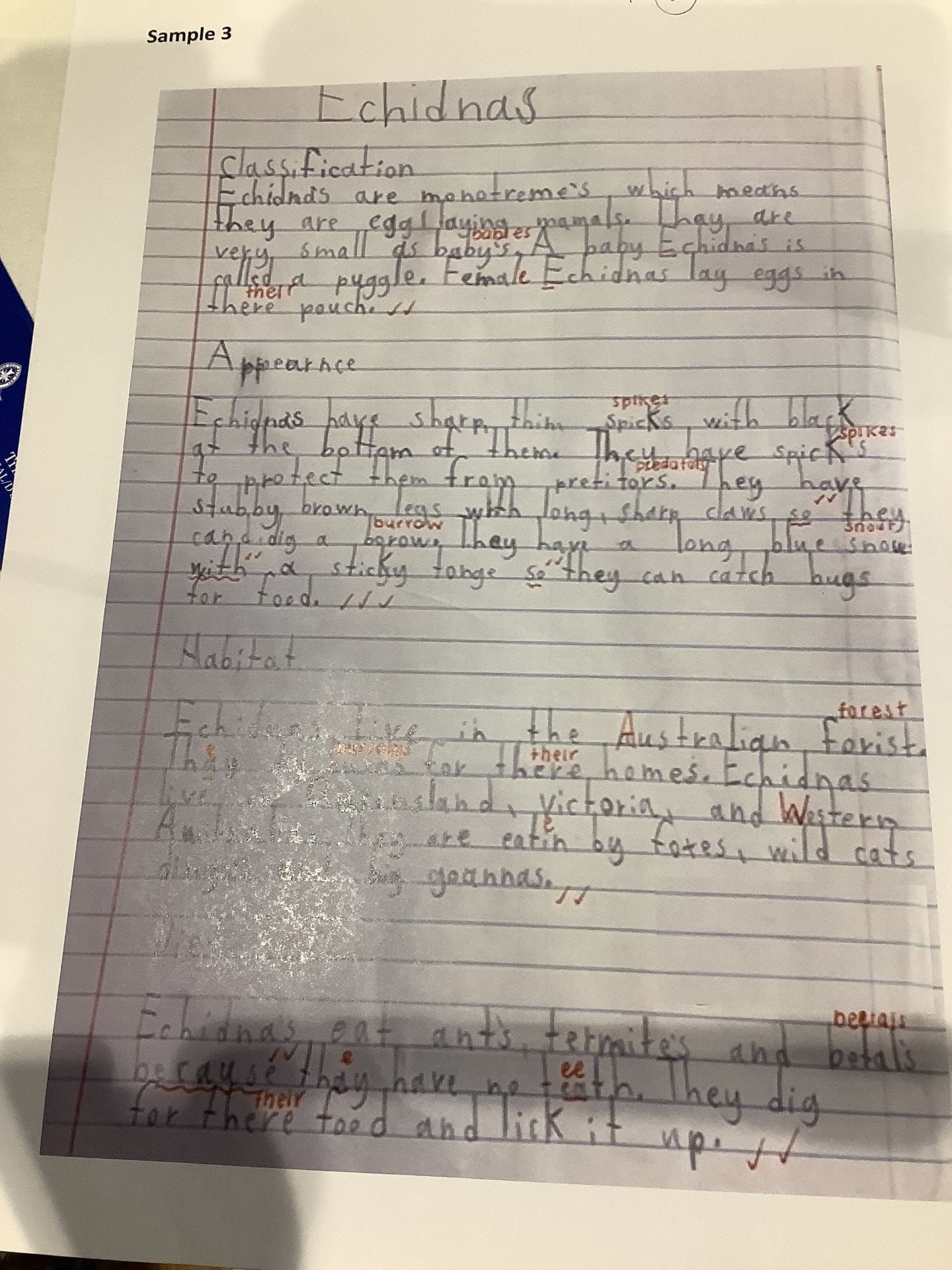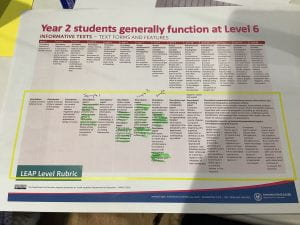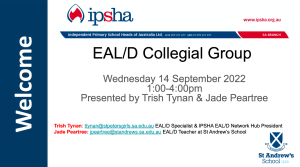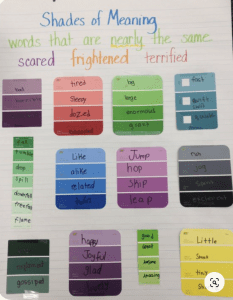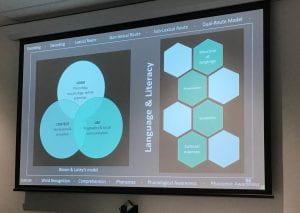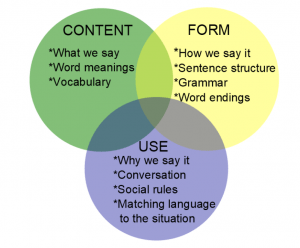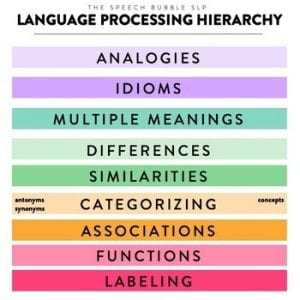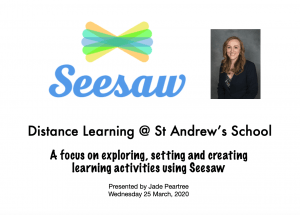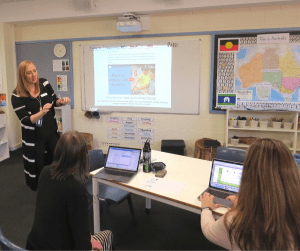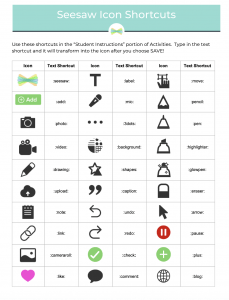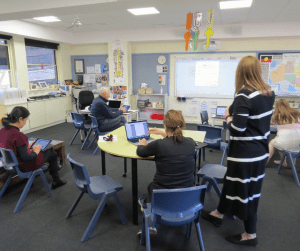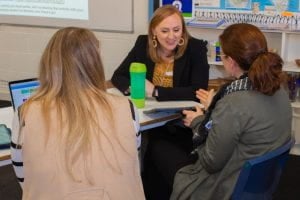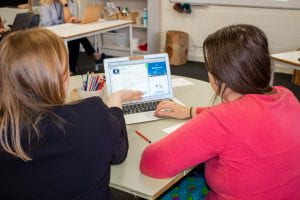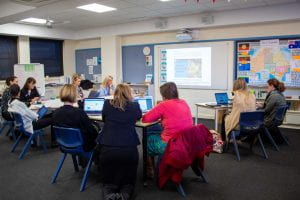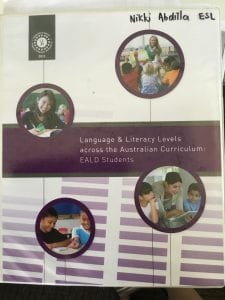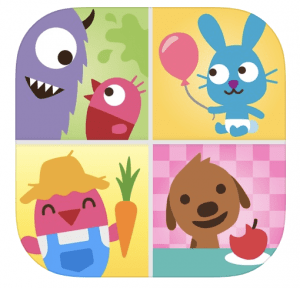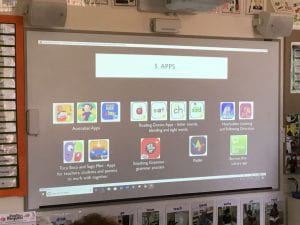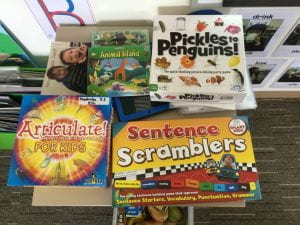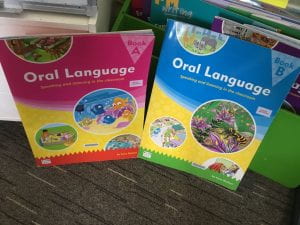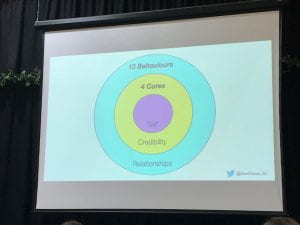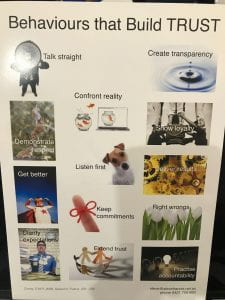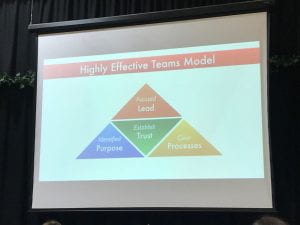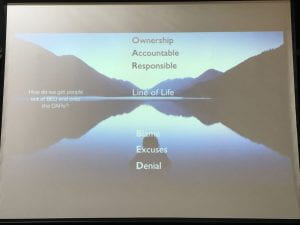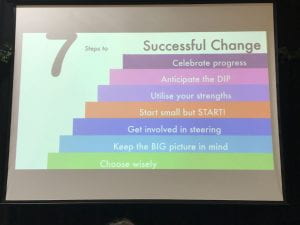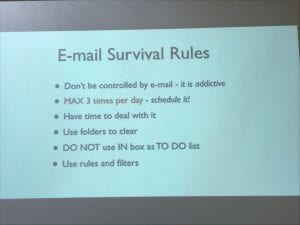IB Approaches to Learning 2-Day Professional Development
St Andrew’s School: Tuesday 23rd & Wednesday 24th January 2024 (15 hours)
Presenters: Vicki Shaver & Renee Rehfeldt
Over the last two days I participated in this IB Workshop about the Approaches to Learning. Here I have outlined what was covered over the two days, as well as some useful resources and some of my reflections and wonderings. I hope you find them useful.
Overall purpose of workshop:
What skills positively influence and support a student’s approach to life-long learning?
All IB programmes develop the approaches to learning (ATL) skills categories of communication, social, self-management, research and thinking.
Engagement with this workshop will support:
- Developing a deeper understanding of ATL as a way for students to acquire and use skills developed over time in order to access learning.
- Considering contemporary research in order to apply metacognitive strategies throughout the learning process, with an emphasis on assessment as learning.
- Designing the curriculum to encourage students to build these skills.
- Reflecting on how developing cognitive, affective and meta-cognitive skills using a variety of strategies may increase the capacity of learners to become self- regulated and intrinsically motivated.
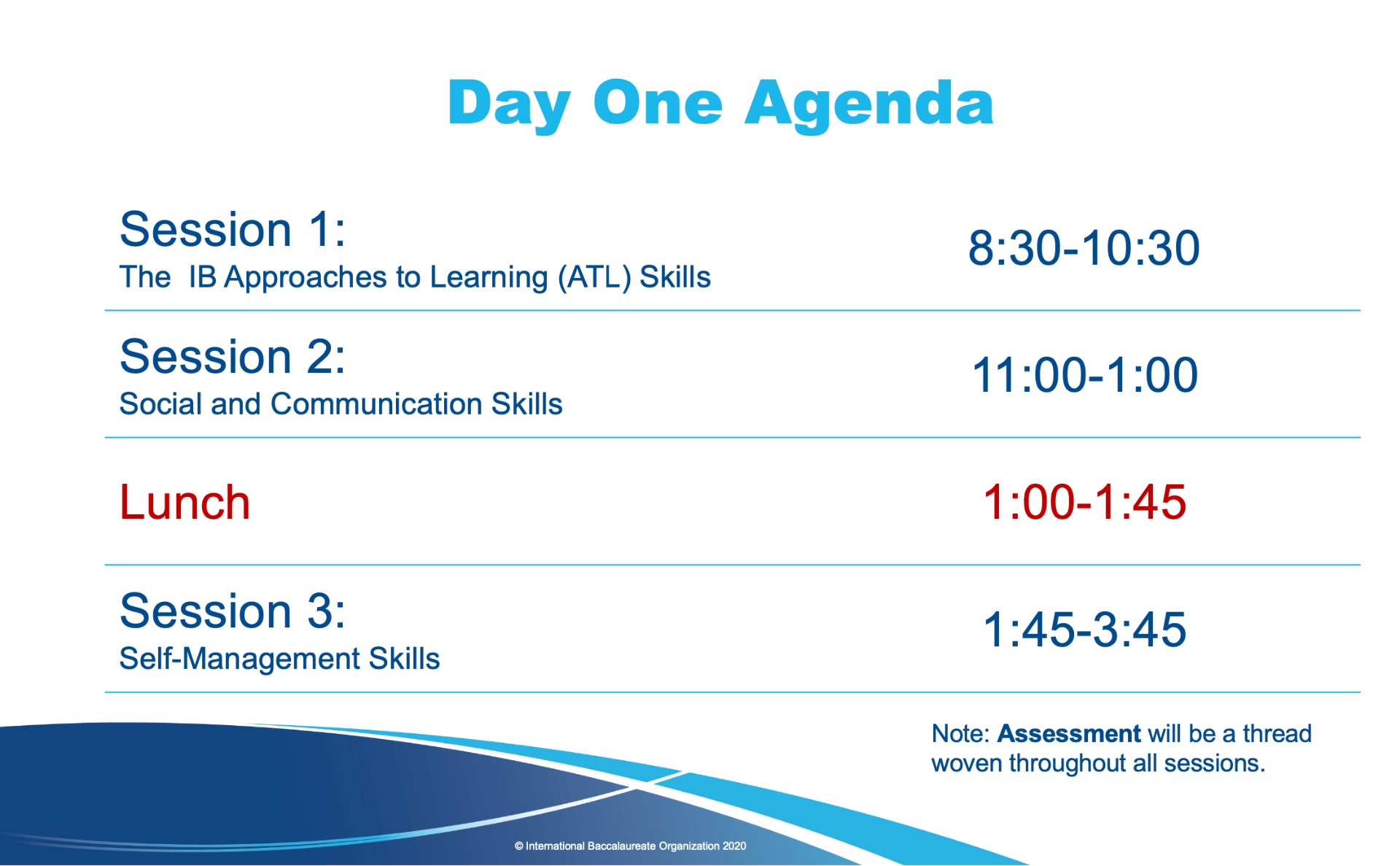
DAY ONE:
This is the link to the Padlet which has so many great resources. It will remain online for us to access. Check it out, it has IB documents, additional resources and an area all about Thinking Skills, we (teaching staff) can add to the padlet and share our plans as well.
Padlet: https://padlet.com/norrisv/ib-approaches-to-learning-cghlu6rpda6pedcg
Communication & Social Skills Task:
We began the day with a fun activity that required the use of the Approaches to Learning (ATL) Skills including: thinking, communication, social, self-management and research. We did a BreakOut EDU task, requiring us to break into the box by code breaking in our table groups. There were a series of challenges which we solved as a team. This was a great activity that you could do with your class, and update it to get students to create their own break-out challenges for us or peers. Enjoyed this one.
As a group we were asked to create a visual poster that showed how the ATL and Learner Profiles relate. This was a tricky one, but we had many creative responses.
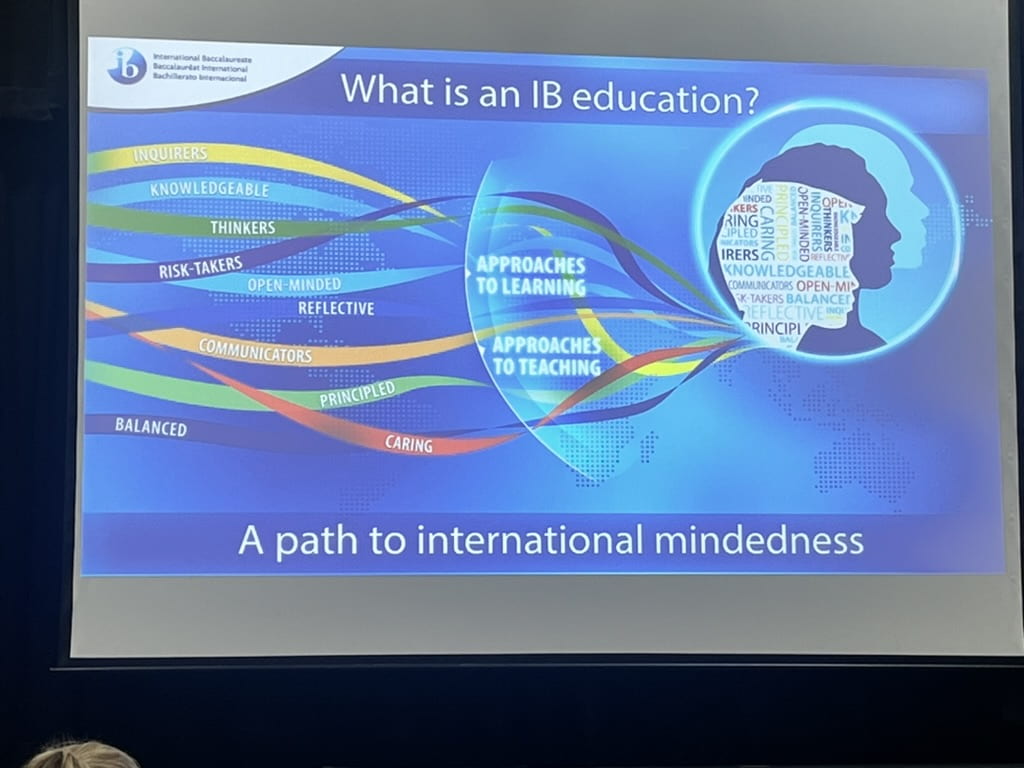
Self-Management Skills:
Decision making as a class, understanding that our actions have a flow on effect. I loved this idea of making decisions and seeing the outcomes of those decisions through the “What Should Danny Do?” Book series. There is also a series called “What Should Darla Do?” as well.
We brainstormed all of the ways we teach and foster self-management skills in our classrooms, including setting routines, expectations, roles and responsibilities of the students, mindfulness and reflective tasks etc.
Problem Solving skills:
Blob Classroom Resources: Where do you sit in the tree of learning? Reflective Tools. https://www.pipwilson.com/2015/08/blob-tree-download-materials-schools.html
This or That? Would You Rather?
For me, as an EALD teacher, this task was really relatable and useful for the communication skills of my students. I will be using these more often in my lessons with my students. Mainly, this sort of task assists with conversation skills and explaining one’s thinking.
Thinking Skills:
 We did a Mathematics lesson using these templates for year levels. We were encouraged to make the thinking visible by prompting thinking times at different stages of the lesson.
We did a Mathematics lesson using these templates for year levels. We were encouraged to make the thinking visible by prompting thinking times at different stages of the lesson.
Junior Primary: Shark_Bait
Year 3-4: Cover_the_Floor__Gr_3_
Year 5-6: Packing_Sugar__GR_5_
Research Skills:
Information Literacy, Media Literacy & Ethical Use of Media/ Information.
We did a group activity determining the best after school snack. We had to use facts to back our opinion of the best after school snack. This process was them opened up, where people tallied their preferences for after school snacks and questioned the facts. With the data, we discussed what we could do with out students to teach them about facts, how to be more specific and clear with our facts, how to compare the facts.
What does it mean to be principled? Academic Integrity, is doing the right thing, the honest thing on your work.
Wonderings:
How will displays support ATL Skill development? Teacher created and student created? Start of year set-up, visual posters, activities that engage students in those skills, having provocations, discussions, spaces to explore and learn from. How will students be invited to create and be seen to own their learning space?
How will our learning spaces & digital spaces support our students with their ATL development? I am looking into this with my “Seesaw” Hat on, how can we make the ATL Skills visible as tags on learning tasks consistently across the school? We have Digital Portfolios on Seesaw, and I feel we need to continue our learning and development of that space to reflect our IB culture and values.
How will initial routines support ATL Skill development? Consistency and use of the ATL language and visual representations across the school, will assist in this process. Students will begin seeing, using and understanding the language and applying this to their everyday lives.
Take Aways:
Split Screen Learning Goals:
I’m glad this come up for me again, it was something I have wanted to use in my lessons at the very beginning of the lesson to set the tone and then reflect on at the end of the lesson. Yes we are learning about this content today and we are also focusing on these skills today.
Split_Screen_Learning_Goals_Who_We_Are_Inquiry
For the last part of day 2 we were given time to reflect on our own class planning and which ATL skills we would be intentionally focusing on and teaching in our first unit of inquiry. As the EALD teacher, I spent this time reviewing my planners from previous years and looking at how the ATL skills could be highlighted or evident in my planning. I also spent this time working alongside Year level teams to see what their focus areas would be to support this learning with my students.
As always, having this time at the start of the year to reflect on our teaching skills and creating processes to support teaching and learning in our school settings is appreciated and valuable.
Thanks to Vicki Shaver and Renee Rehfeldt for running the 2-Day workshop and providing many useful resources for us to access. Most of the resources on this blog post have come from them, including all of the Padlet resources on the link above and images from their presentation.
Much appreciation.
